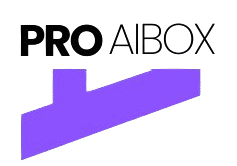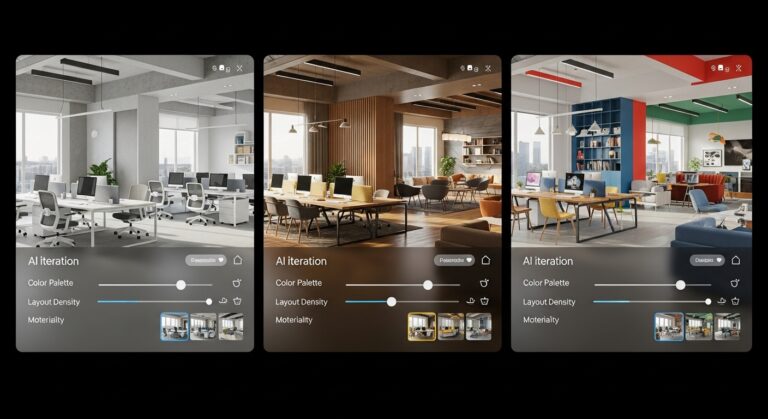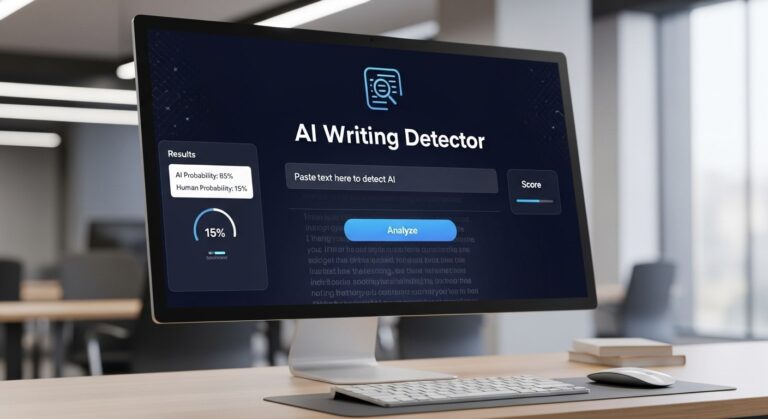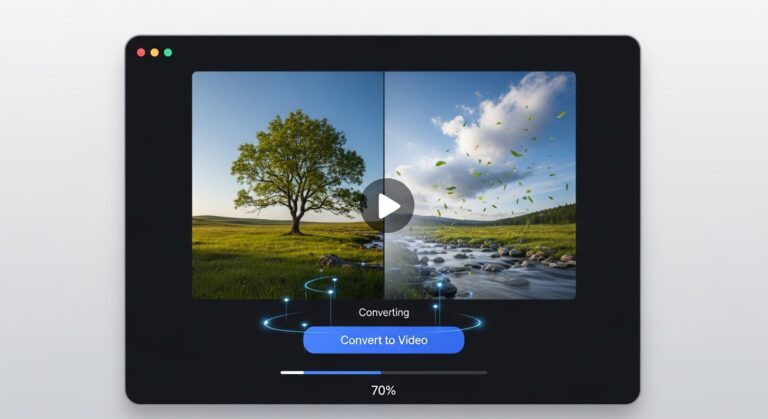Midjourney is one of the most popular AI art platforms, but its lack of an official API makes it difficult for developers and SaaS teams to integrate into real products. If you’re building apps, automating workflows, or scaling creative platforms, this limitation is a serious roadblock.
That’s why many businesses are turning to Midjourney API alternatives. These platforms offer text-to-image APIs, faster rendering, and developer-friendly tools. They let SaaS teams generate visuals on demand, reduce costs, and launch products without relying on Discord.
In this guide, we will explore the best Midjourney API alternatives for Saas applications. Each option is beginner-friendly, cost-effective, and suitable for real-world applications.
Why Midjourney API Alternatives Matter for SaaS?
Developers and SaaS teams can’t rely on Discord-only workflows. While Midjourney is excellent for image quality, it lacks the tools developers need. Key reasons to consider alternatives include:
- No official API: All image generation happens on Discord.
- Difficult to scale: Generating thousands of images manually isn’t practical.
- Higher costs: Subscriptions don’t include API access.
- Limited integrations: No SDKs or automation support.
The best Midjourney API alternatives share key features:
- REST APIs and WebSocket connections: Easily connect to apps or automation workflows.
- Flexible pricing: Pay-per-use or free credits make it affordable for startups.
- Multiple text-to-image models: Options like Stable Diffusion or FLUX give creative variety.
- SaaS integration: Works smoothly with platforms and business workflows for scalable projects.
1. fal.ai – Fast and Scalable AI Image Generation API
fal.ai is built for a developer-first platform optimized for speed, latency, and real-time applications. It is known for delivering AI image generation up to 10x faster than many other providers.
Features
- Supported Models: FLUX, Stable Diffusion, video generation tools.
- Performance: Generates 1024×1024 images in seconds with low latency.
- Developer Tools: REST APIs, WebSocket streaming, and SDKs for Python, JavaScript, and Swift.
- Customization: Train lightweight models (LoRAs) to achieve unique visual styles.
Example Use Case
A developer building a marketing automation platform can use fal.ai to instantly generate campaign graphics. With WebSocket integration, the platform can deliver results in real time without slowing down the user experience.
Pricing
- Pay-per-use model (no subscription required).
- Cost-efficient for both small projects and enterprise scaling.
Best For: Developers and SaaS platforms that prioritize speed, accuracy, and advanced customization.

2. kie.ai – The Affordable All-in-One API Hub
kie.ai is an API aggregator that gives access to multiple AI models through a single key. Unlike fal.ai, which focuses on speed, kie.ai is designed for versatility and affordability.
Features
- Multi-Media Generation: Images, videos, text, and music.
- Stability: 99.9% uptime with high concurrency support.
- Models: Includes high-quality models such as Nano Banana for realistic edits.
- Security: Encrypted data handling for production-grade reliability.
Example Use Case
An e-learning SaaS platform can integrate kie.ai to generate course illustrations, summary videos, and even AI-written lesson content. With a single integration, the platform can expand its feature set without relying on multiple providers.
Pricing
- As low as $0.02 per image.
- Free credits available for new users.
Best For: Businesses and startups that want a budget-friendly, multi-purpose AI API.
Other Midjourney Alternatives with API Access
If fal.ai or kie.ai do not fit your requirements, here are other reliable platforms:
Apiframe.ai
- Best for scalability.
- Starts at $19/month with free credits.
- Up to 30 concurrent generations.
- Pros: Reliable, CDN hosting.
- Cons: Higher cost for casual users.
GoAPI (piapi.ai)
- Simple REST proxy API.
- $15/month.
- Pros: Beginner-friendly documentation.
- Cons: Limited concurrency.
ImagineAPI
- Focused on Midjourney automation.
- Starts at $30/month.
- Pros: Unlimited plan options.
- Cons: Requires your own Midjourney account.
MjAPI.io
- Budget-friendly option.
- Pros: Low cost.
- Cons: Limited documentation and fewer advanced features.
fal.ai vs. kie.ai – A Direct Comparison
| Feature | fal.ai | kie.ai |
| Speed | Extremely fast (up to 10x faster) | Stable, but slower than fal.ai |
| Pricing | Pay-per-use, very cost-efficient | $0.02 per image, free credits |
| Best For | Advanced developers, real-time apps | SaaS tools needing multi-media |
| Extra Features | LoRA training, WebSockets | Video, text, audio, and image APIs |
| Ease of Use | API-first, technical setup | Beginner-friendly, clean docs |
Recommendation: Choose fal.ai for speed and advanced developer features. Choose kie.ai for affordable, multi-media capabilities across SaaS apps.
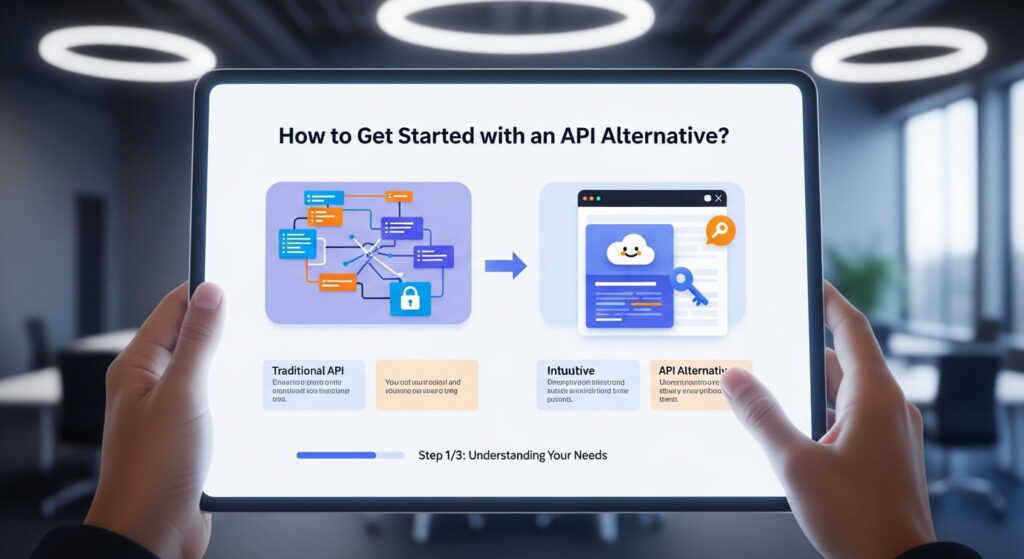
How to Get Started with an API Alternative?
Here is a step-by-step example using fal.ai:
- Sign Up: Create a free account on fal.ai.
- Get an API Key: Copy your unique key from the dashboard.
- Install SDK: For Python, install the fal SDK.
- Send a Request:
from fal import Client
client = Client(api_key=”YOUR_API_KEY”)
result = client.text_to_image(
prompt=”A futuristic cityscape at sunset”,
size=”1024×1024″
)
print(result.url)
- Use the Output: The script returns a URL with your generated image.
This process is nearly identical on other platforms such as kie.ai, which provides clear documentation for developers.
Final Thoughts
If you want to integrate AI image generation into SaaS products, relying on Discord alone isn’t enough. fal.ai is ideal for developers needing speed and advanced features, while kie.ai works best for businesses seeking affordable, multi-media APIs. Both make it possible to build scalable apps, automated workflows, and creative platforms that go beyond Discord.
FAQs
1. Does Midjourney plan to release an official API in 2025?
As of now, Midjourney has not announced an official API. They continue to operate mainly through Discord, which limits developers who want direct integrations. If you need production-ready APIs, tools like fal.ai or kie.ai are better options.
2. Which Midjourney alternatives support both text-to-image and text-to-video generation?
While Midjourney is focused on still images, alternatives like kie.ai and Runway provide APIs for both image and video generation. This is useful for developers working on apps that require multimedia outputs.
3. Are free Midjourney alternatives reliable for production apps?
Most free tiers are designed for testing and learning rather than production. For reliable scaling, APIs like Apiframe.ai or fal.ai offer affordable pay-as-you-go options with enterprise-level uptime.
4. Can I fine-tune or train my own models on these platforms?
Yes. Some platforms, like fal.ai, let you customize models. You can train or add LoRA models to change image style and accuracy. This gives more control than using standard models like Stable Diffusion.
5. What is the cheapest way to generate high-quality AI art without Midjourney?
The cheapest option is to use API aggregators. These services connect you to several AI models under one platform, often at lower prices. For instance, some start at just a few cents per image (around $0.02). This is usually more affordable than running your own GPU servers or paying for a Midjourney subscription.
6. How do these APIs compare with DALL·E 3 or Stable Diffusion?
DALL·E 3 from OpenAI is good for creative and artistic results, but it can be slower and more expensive. Stable Diffusion is available from many providers, but the results depend heavily on the hosting service. Some Midjourney alternatives, like fal.ai, improve these models by making them faster and more reliable, while still keeping the image quality high.
7. Can these APIs be used for mobile apps or just web apps?
They can be integrated into both. For example, fal.ai provides SDKs in Swift, making it easy to build AI-powered iOS apps. Many APIs also offer REST and WebSocket endpoints for web developers.
8. Do Midjourney alternatives allow commercial usage of generated images?
Yes, most platforms grant commercial rights, but you should check each provider’s terms. For instance, fal.ai and kie.ai both allow commercial use, while some free tools may restrict outputs to personal or educational projects.
9. Which option is best for startups and SaaS tools?
If you’re building a SaaS product, kie.ai’s “one API for everything” model is ideal because it covers text, image, and even video. This reduces integration time and keeps costs predictable as your app scales.
10. How do I choose between API-first platforms and UI-first platforms?
If you’re a developer building features into your own app, API-first tools like fal.ai are best. If you’re a designer or non-technical user, UI-first tools like Leonardo AI might be easier since they focus on drag-and-drop workflows.
11. Are Midjourney alternatives suitable for SaaS startups?
Yes. Many Midjourney replacements are designed with SaaS teams in mind, offering REST or WebSocket APIs, scalable infrastructure, and affordable pricing. This makes them practical for startups building content creation tools, e-commerce platforms, or automation apps.
12. Which alternatives offer both image and video generation?
Some Midjourney API alternatives also provide multi-modal outputs like text-to-video, music syncing, or 3D render generation. These are useful if you’re building SaaS apps that go beyond static visuals and need richer media experiences.
